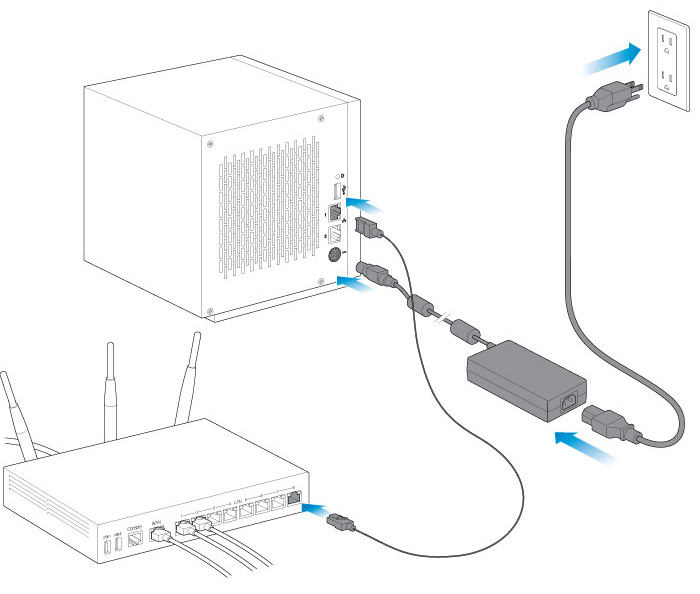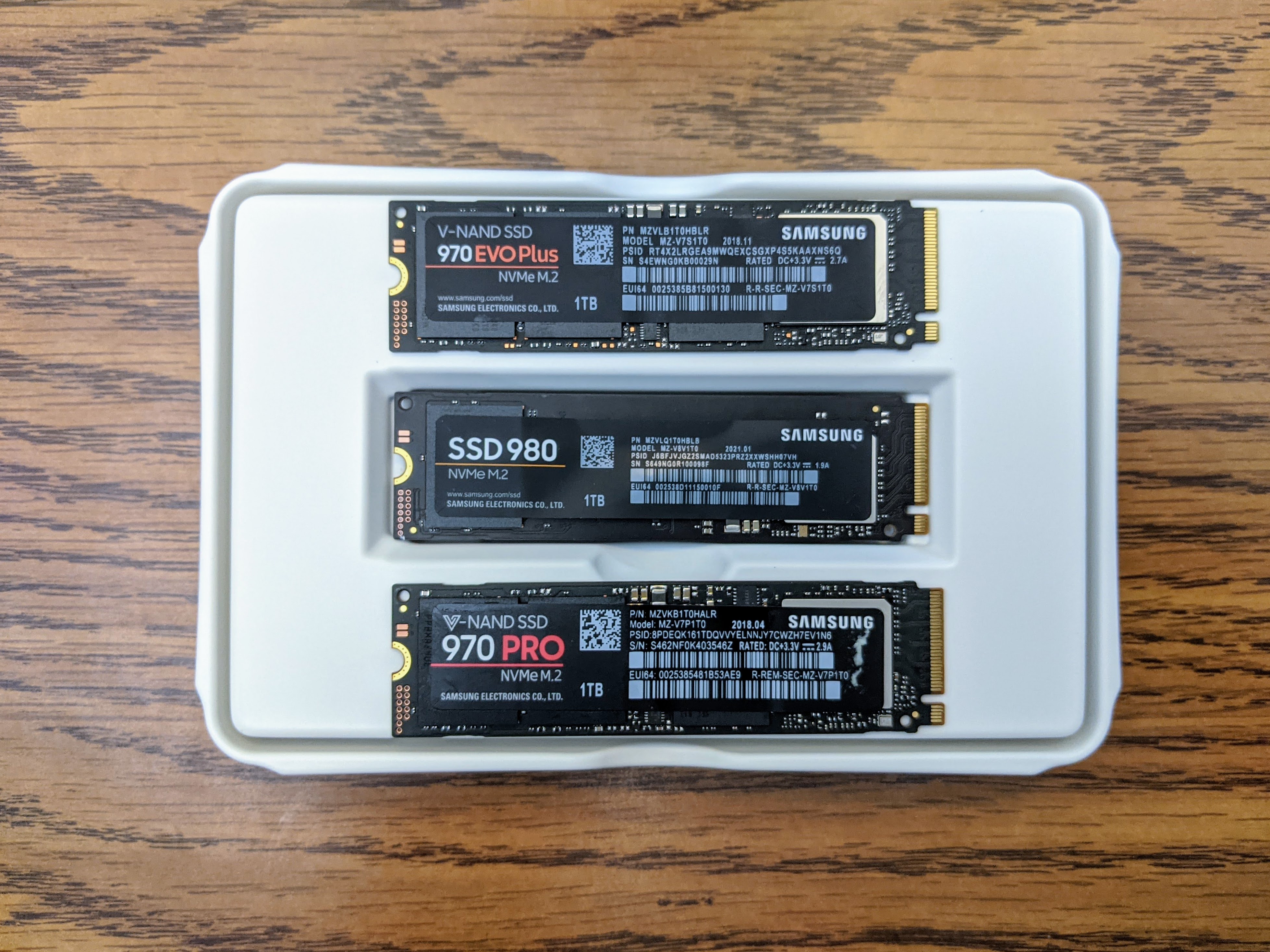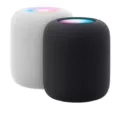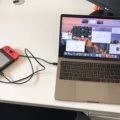Setting up a NAS (Network-Attached Storage) can seem daunting, but it doesn’t have to be. With the right information, you’ll be up and running in no time. In this blog post, we’ll provide a step-by-step guide on how to set up a NAS so that you can share and access data across multiple devices.
First, you’ll need to decide which type of NAS you want to use. There are two common types: diskless and disk-based NASes. Diskless NASes require the user to install their own drives, while disk-based NASes come with their own drives preinstalled. Whichever type you choose, make sure that it has enough capacity for your needs.
Once you’ve chosen your device, the next step is to connect it to your network. This is usually done by plugging an Ethernet cable from your router into the back of the NAS device. If your device supports a web-based setup, then you can access its web interface from any computer on the same network as the NAS and use it to configure and manage your device remotely.
After connecting your device and configuring its settings, you’ll need to create shared folders for storing data on the NAS. This is typically done through a web interface or through an app on your computer or smartphone. You can also set permissions for each folder so that only certain users have access to them.
Finally, once you’ve created your shared folders and configured everything else on the NAS device, you’re ready to start using it! You can now access any files stored on the device from any computer or smartphone connected to the same network as the NAS using an FTP program such as FileZilla or Cyberduck. You can also access them directly from within apps such as Dropbox or Google Drive if they support accessing data via FTP protocol too.
Setting up a Network Attached Storage doesn’t have to be complicated – just follow these steps and in no time at all, you’ll have a reliable way of sharing and accessing data across multiple devices!

Connecting a NAS to a Router
No, a NAS does not have to be connected to a router. A NAS (Network Attached Storage) is a storage device that connects to a network, usually using an Ethernet cable. It can be connected directly to the network or through an Ethernet switch or router. Many NAS devices also offer wireless capabilities, allowing them to be connected to a wireless network. With the right configuration and setup, a NAS can be used without connecting it to a router.
Does a NAS Need to be Operated 24/7?
No, a NAS does not have to run 24/7. While most NAS solutions are designed for continuous operation, you can also configure them to power down when not in use. The advantage of running a NAS 24/7 is that it allows for immediate access to data stored on the device and can improve the performance of applications that rely on the NAS. However, if you don’t need the NAS to be constantly available or you’re looking to reduce energy costs, you may want to consider setting up a schedule where the NAS only runs during certain times. Doing so will save energy and also reduce wear and tear on the hard drives, extending their lifespan.
Understanding How a NAS Works on a Home Network
A Network Attached Storage (NAS) device is a great way to store and share data on a home network. It works by combining hardware, software, and protocols in order to allow file sharing over the network. The NAS device itself acts as a central repository for all of the data stored on it, allowing users to access the files from any computer connected to the same network.
The NAS device uses protocols like CIFS, NFS, and AFP to make file sharing possible. These protocols define how computers interact with each other over the network. By following these rules, any computer can access files from the NAS device as if they were stored on its own hard drive.
The NAS device also includes an operating system that manages the file-sharing process and provides user authentication support for controlling access to data stored on it. This ensures that only authorized users can view or modify files stored on the NAS device.
In addition to providing secure storage for important data, a NAS can also be used as an entertainment hub for streaming media such as music, videos, and photos to devices around your home network. Many modern NAS devices even come equipped with additional features such as cloud backup support, media servers, and RAID protection for added reliability.
Can NAS Devices Be Accessed Over Wifi?
Yes, NAS can be accessed over Wifi. You will need to connect your NAS to a router or switch with an Ethernet cable, then enable the wireless settings on your router. Once enabled, your NAS will be visible on your wireless network, and you can access it from any device connected to the same network. Keep in mind that using Wifi to access your NAS may result in slower speeds and potentially less reliable connections than using an Ethernet connection.
Is a NAS Worth the Investment for Home Use?
A NAS (Network Attached Storage) is definitely worth considering for home use. It offers a range of advantages that make it a great choice for the home user. Firstly, it provides an easy way to access your files from multiple devices – such as computers, tablets, and smartphones – no matter where you are. This makes it ideal for backing up and sharing data with family members or friends who don’t have access to your home network. Secondly, NAS devices typically come with additional features such as media streaming and automated backup which can be really helpful in keeping your important files safe and secure. Finally, NAS devices are highly reliable and provide much btter performance than external hard drives, making them ideal for storing large amounts of data without having to worry about the drive failing. All in all, a NAS is definitely worth considering for home use due to its convenience, features, and performance.
Should I Power Down My NAS at Night?
It is not recommended to turn off your NAS at night unless it is necessary. If you are using your NAS for web hosting, it should remain on 24/7 to ensure that your website is always available. However, if you are not using the NAS for anything and do not need it to be online, you can turn it off at night. This will help save energy and extend the life of the hard drives in the NAS. Additionally, if you are concerned about security, turning off the NAS at night can help protect against malicious access attempts.
Do NAS Devices Require a Firewall?
Yes, a NAS needs a firewall. A NAS is a network-attached storage device that can contain sensitive information and data, so it’s important to have multiple layers of security in place to protect it. The firewall on the NAS should not be disabled, even if your network already has perimeter firewalls and other security measures in place. Firewalls act as an additional layer of protection for your data by blocking unauthorized access, malicious traffic, and other cyber threats that could compromise your system. Having a firewall enabled on the NAS will help ensure that only authorized users can access its contents.
Can Home Network Attached Storage Systems Be Hacked?
Yes, home NAS can be hacked. Hackers can target both business and private users. When connected to a network, NAS devices provide an easy way for malicious actors to gain access to your files and data. To protect your NAS from being hacked, it is important to use secure passwords, keep the firmware up-to-date, disable remote access when not needed, and use firewalls or antivirus software to protect your network. Additionally, it is important to only allow trusted users access to the NAS drives.
Is Setting Up a NAS Challenging?
No, setting up a NAS is not difficult. With the right knowledge and preparation, it can be done in a few simple steps. First, you’ll need to decide on a NAS appliance that meets your needs. Then, you will need to assemble the hardware components and connect them to your network. Once that’s done, you’ll be ready to install the software and configure any necessary settings. Finally, you will be able to access your data from any device connected to the network. This process may take some time depending on the complexity of your setup but it is relatively straightforward and with a bit of practice can be done quickly and easily.
Does a NAS Require High Electricity Usage?
The short answer is no, a NAS does not use a lot of electricity. In fact, the average power consumption of a modern Synology NAS with two drives is only 30 watts—about the same as a single LED light bulb. This means that even if you have multiple NAS units running at once, they will still only consume a relatively small amount of total energy.
However, if you want to reduce power consumption even further, then it’s possible to do so by turning off the LEDs on your NAS unit through the Control Panel. Doing this will shave off an additional watt of electricity, which can help reduce your overall energy bills.
Conclusion
Setting up a NAS is relatively straightforward and can provide significant benefits to both businesses and individuals. To get started, you need a router, an Ethernet cable, a NAS device (with built-in management software), and compatible hard drives. After connecting the NAS device to your router with an Ethernet cable, you can configure the device using the included management software. Once configured, you will be able to access files stored on the NAS from any computer on your network. With 24/7 continuous operation, purpose-built NAS drives, and protocols for file sharing over the network, setting up a NAS is an effective way to store, share and manage data.








